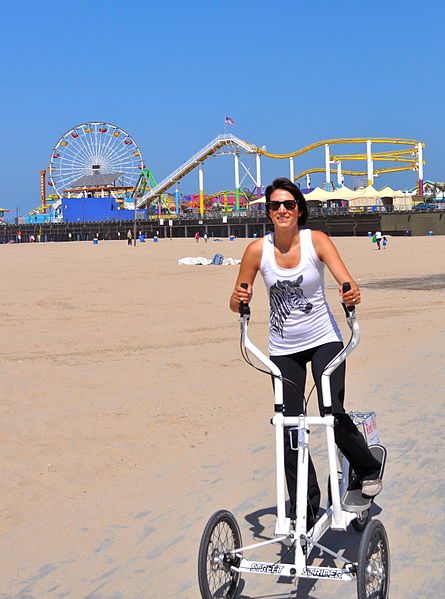
Looking closely over the last few days at the Allianz Indexed Uniersal Life (IUL) product “Allianz Life Pro+” I was impressed by its cash value accumulation and for loans for tax free retirement income. The index account loan rate of 5.30% is excellent.
But what interest rate should the illustration be shown? Allianz “Blended Index II” can be illustrated at 8.78%. This percentage reflects a 25 year historical performance Dow Jones Industrial Average 35%, Barkleys Capital U.S. Aggregate Bond Index 35%, EURO STOXX 50® 20%, Russell 2000 ® 10%. I’m sure agents go right ahead and use the highest allowed 8.78% on an illustration because it makes the non guaranteed assumptions look better.
But when comparing Allianz 8.78% to Lincoln at 8.22% or for their S & P 500 point-to-point allowed illustrated rates, is that an fair comparison? Lincoln recently announced that they too would follow a 30 year historical look back. Given Allianz’s much higher assumption on their 25 year look back, their non guaranteed projections look better. Carriers provide time frames on historical look backs partially based on what helps produce the highest number and to keep up with their competitor’s assumptions. When comparing these three products, Allianz does have a different index, but is it superior? Will any index with a 20% Euro stock element outperform the S & P 500? The recent history of the European Union doesn’t make that a safe assumption.
ING‘s “Global IUL” can currently be illustrated at 10.00%. It’s uses three indices: the S&P 500®, the EURO STOXX 50® and the Hang Seng. The top performing index is weighted 75%, second best 25%, lowest 0% on a 5 year look back. That 5 year look back has a powerful appeal: the two strongest are credited on past performance. But really can one expect 10.00%?
Recommendation: Request illustrations for each carrier at the same rate: 8%, 7%, 5% or lower for direct comparisons and to see how they may perform.









